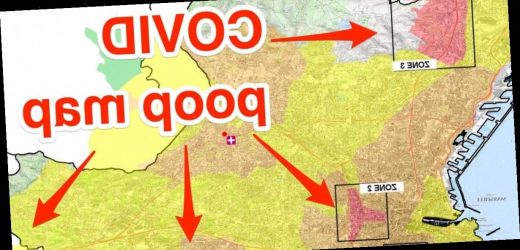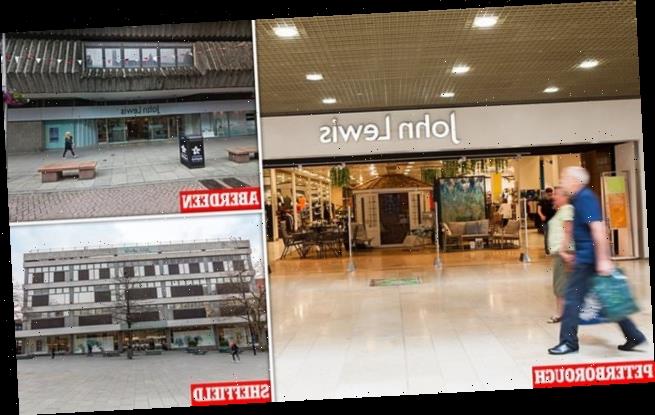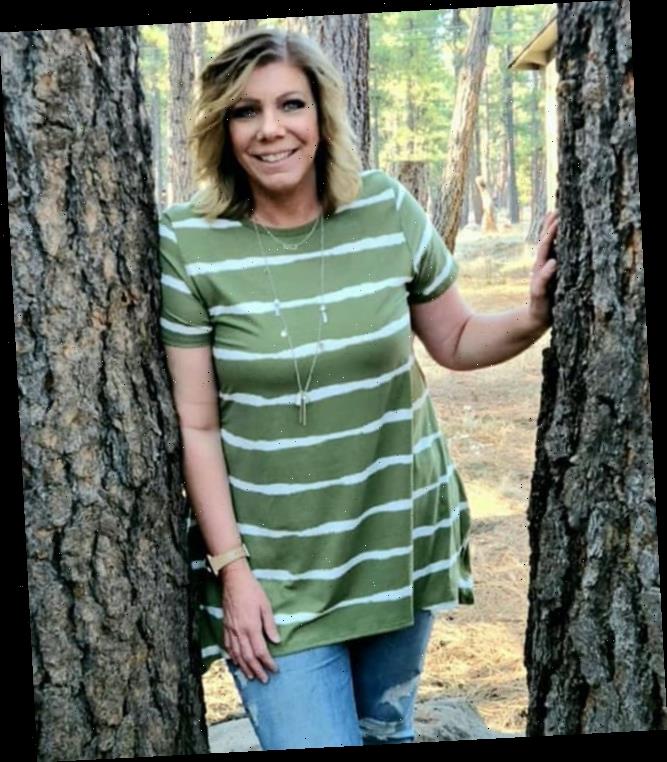- Firefighters in Marseille, France, are fighting COVID-19 by testing sewage water.
- Officials told Insider the technique can spot outbreaks up to 6 days before they happen
- The technique is also fast, accurate, and relatively inexpensive.
- See more stories on Insider’s business page.
A team of French firefighters say they can preempt outbreaks of COVID-19 in their city by analyzing particles of human feces that end up in the sewers.
Every week, heat maps of the city of Marseilles appear on the Twitter account of the Marseille Naval Fire Battalion (Bataillon de marins-pompiers de Marseille, or BMPM), a fire brigade run by the French navy in the city.
In this tweet, the map in gradients of green to red shows the distribution of the virus around different neighborhoods in the city.
The maps with gradients of blue and brown show the distribution of variants.
Since March 2020, the BMPM has been closely monitoring the spread of COVID-19 by sampling wastewater.
They are taking advantage of the fact that the coronavirus that causes COVID-19 can be detected in poop after infection.
Testing like that offers advantages over other methods: it is quick, requires relatively few resources, and gives a broad picture of an large area with a single test.
One BMPM official told Insider that the wastewater tests can spot clusters of COVID-19 four to six days before people start feeling symptoms.
Compared to the vast resources spent on COVID-19 responses around the world, the technique is also cheap.
Officials told Insider that the setup costs for even a large city would be in the region of $120,000, with ongoing costs as low as $50 a day.
Every Wednesday, in the early hours when people are waking up, vans stamped with the name “COMETE” (Covid Marseille environmental testing expertise) head out to collect samples of sewage water.
These are collected at 37 different nodes where the sewage pools from each neighborhood. They also monitor water from places with vulnerable populations, like nursing homes, and take a sample every day for the whole city.
The firemen take all their equipment with them to the neighborhood. It fits in a box the size of a big suitcase and can be carried in the van.
The water is analyzed with a PCR test, the same type of technology used for nasal swabs on people.
The results show if there are traces of the coronavirus are in the sewage samples, how strong a signal there is, and which variants are in the mix.
Within an hour, the firemen get their first results. And they are ready to spring into action.
If a signal is detected “we put all our energy in that neighborhood”, rear admiral Patrick Augier, commander of the BMPM, told Insider.
If levels rise in the city’s water, they warn local authorities to anticipate new cases.
If the signal was found in water from one building, all the people in that building get tested to quickly find who could be carrying the virus and isolate them.
Augier says he can detect if one person is carrying the virus out of a building of 200.
A team also disinfects the buildings and tests surfaces for traces of the virus.
In case of variants, the BMPM can pinpoint in which building the person carrying the virus could be.
The firemen test surfaces for traces of the virus to help them pinpoint on which floor of the building the variant is found and ask all the people on that floor to get tested.
According to an analysis carried by the the BMPM, the technique was over 90% efficient at detecting a cluster of cases.
Augier says that “when the virus is circulating widely, we can do about 30 interventions a day.”
He equates his team’s response to a kind of warfare.
“You have to go very very fast,” he said. “The virus is always a step ahead, it makes variants, it changes behaviour…”
“In this war, I would like us to be able to completely anticipate the situation,” he says.
Testing en masse
Wastewater monitoring is not a new field. It has been used to track polio, cholera, and even opioid use in a community.
“A lot of people would be grossed out, but I find wastewater really fascinating. There’s a lot of biology, chemistry, physical and chemical processes”, Colleen Naughton, associate professor of environmental engineering at UC Merced, told Insider.
It has been used for decades but “has just exploded now, with SARS-CoV-2,” she said, using the scientific name for the coronavirus.
Alexandre Lacoste, technical director of the brigade’s COMETE project, told Insider in an email that the “technique is like a radar that enables the testing of inhabitants en masse.”
Depending on where the water is collected, the sample can monitor a whole city, like the wider Marseille area which has over a million inhabitants, or a single building.
It also provide a wider view of the situation than swab testing, which usually only happens after a person has developed symptoms. Some people might also not be able to get tested, for instance undocumented migrants who might not want to take the risk of being discovered.
University of California San Diego is running a similar program. Smruthi Karthikeyan, a postdoctoral researcher there, told Insider: “The sewage is sort of agnostic that way.
“You’re going to pick up [COVID-19 signals] if a person is still asymptomatic or presymptomatic and whether they end up getting tested or not. If they’re shedding it in their stool, you’re going to see it.”
Get the latest coronavirus business & economic impact analysis from Business Insider Intelligence on how COVID-19 is affecting industries.
Source: Read Full Article


